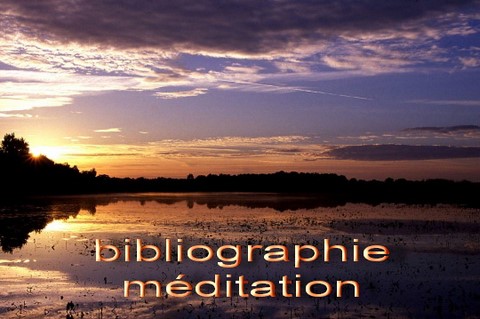.
Many schools of meditation exist with many techniques depending on lineage or tradition.
However, the basics remain the same: develop concentration, attention and observation.
There are different practices according to the traditions:
Southeast Asian or Theravada Buddhism (Ceylon, Burma, Thailand, Laos, Cambodia).
Mahayana Buddhism (China: Chan, Japan: Zen, Korea: Sound).
Vajrayana Buddhism (Tibet, Nepal, Mongolia,…).
In India, the cradle of Buddhism, after a strong decline due to Turkish-Muslim domination and forced Islamization for centuries, a reappearance emerged from 1955 (there are currently 6 to 7 million Buddhists ). Northern India prefers Vajrayana (Tibetan Buddhism) and the rest of the continent, Theravada Buddhism.
At the base of the practice two major trends exist (but which complement each other):
The modification and control of the mind with the help of numerous psychic exercises, based on concentration ("samatha" in southern Buddhism, "chiné" in Tibetan Buddhism).
Obtaining "deep vision" or clear vision of the nature of phenomena ("vipassana" in southern Buddhism and "lhaktong" in Tibetan Buddhism).
The use of these two combined techniques leads to access to the beyond of the mind, a true spiritual practice, where one reaches the natural state of the mind.
Other routes exist which are grouped together under the name of "direct route" or "direct path". Chan for China, Zen for Japan, Dzogchen and Maha mudra for Tibet, and other schools of Indian yoga.
Recently, Western schools have transformed traditional practices into secular practices, purging them of all references to Buddhism or Hinduism; these are mainly “mindfulness” techniques generally derived from the Vipassana practice of Theravada Buddhism.
(All the comments of this site are personal considerations (unless indicated by the authors) which engage only their author; similarly, all the works offered are based on personal choice, according to their interest, and are mainly related to practice and its understanding.)

